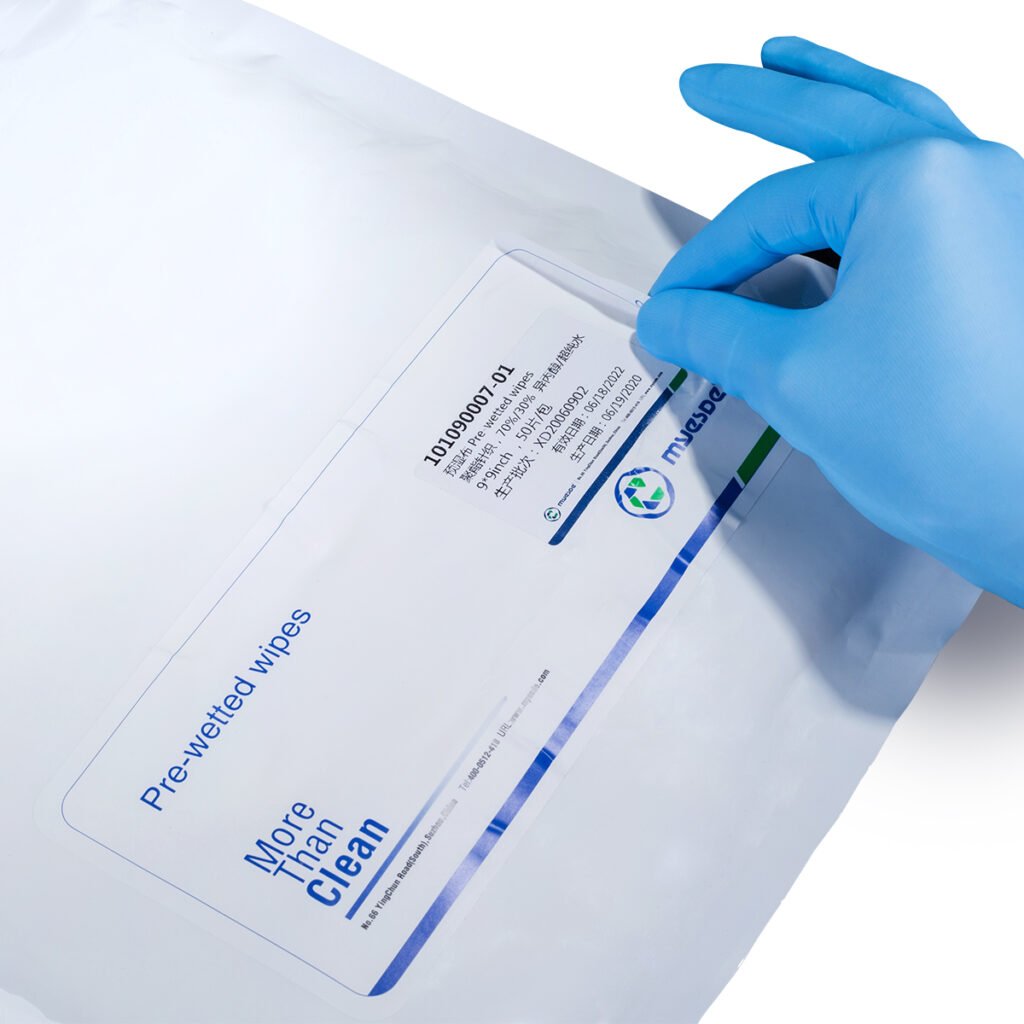What is PPE
Personal Protective Equipment (PPE) refers to clothing and devices designed to protect individuals from workplace hazards that could cause injury, illness, or contamination. PPE acts as a barrier between a worker and harmful elements, whether physical, chemical, biological, or environmental in nature. Its role spans across various industries, including healthcare, pharmaceuticals, electronics manufacturing, construction, and food processing. Choosing and using PPE correctly is essential to safeguard both workers and the quality of products.
Types of PPE
Different workplace hazards require specific categories of PPE:
-
Head Protection
Includes safety helmets and bump caps to prevent head injuries from falling objects or collisions. -
Eye and Face Protection
Safety glasses, goggles, and face shields protect against particles, chemical splashes, and radiation. -
Hearing Protection
Earplugs and earmuffs reduce exposure to harmful noise levels. -
Respiratory Protection
Masks and respirators filter airborne hazards such as dust, fumes, vapors, or microorganisms. -
Hand Protection
Gloves protect against cuts, chemicals, extreme temperatures, and contamination. Examples include nitrile gloves for chemical resistance, latex gloves for elasticity, and ESD-safe gloves for electronics handling. -
Body Protection
Protective clothing shields the body from physical, chemical, and biological hazards. This includes lab coats, aprons, and full-body suits. -
Foot Protection
Safety shoes, boots, and anti-static footwear prevent injuries and reduce the risk of static discharge in sensitive environments.
PPE Standards and Regulations
PPE must meet regulatory and industry standards to ensure its effectiveness:
-
International Standards:
-
ISO: Covers general safety requirements and industry-specific guidelines.
-
EN (Europe): Standards such as EN 374 (chemical-resistant gloves) and EN 166 (eye protection).
-
ANSI (USA): Standards for protective helmets, eyewear, and high-visibility clothing.
-
-
Industry-Specific Standards:
-
ISO 14644: Specifies cleanroom garment requirements.
-
IEC 61340: Defines standards for electrostatic discharge (ESD) control.
-
-
Legal Regulations:
-
OSHA (USA): Mandates PPE selection and use based on workplace hazards.
-
EU PPE Regulation 2016/425: Requires CE marking and compliance with safety standards.
-
How PPE Works
PPE functions by creating a physical barrier to minimize contact with hazards:
-
Blocking Physical Hazards: Helmets absorb impact, gloves resist cuts.
-
Containing Contamination: Cleanroom suits prevent particle shedding.
-
Reducing Exposure: Respirators filter airborne contaminants, safety goggles block splashes.
PPE is most effective when combined with engineering controls (e.g., ventilation) and administrative measures (e.g., training).
Selecting the Right PPE
Effective PPE selection depends on a structured risk assessment:
-
Hazard Identification: Determine the type and severity of hazards present.
-
Material Compatibility: For example, nitrile gloves for solvents, latex for biological work, PVC for general handling.
-
Fit and Comfort: Poorly fitting PPE can reduce protection and compliance.
-
Certification: Ensure PPE meets relevant standards for the industry and region.
Material Comparison for Gloves in Different Applications
| Material | Chemical Resistance | Durability | Comfort | ESD-Safe Options |
|---|---|---|---|---|
| Nitrile | Excellent | High | Good | Available |
| Latex | Good | Moderate | High | Limited |
| PVC | Moderate | High | Moderate | Available |
PPE in Cleanroom Environments
Cleanrooms require PPE that controls both contamination and static discharge:
-
Low Particle Shedding: Materials like polyester with conductive fibers.
-
ESD Safety: Garments with surface resistivity in the range of 10⁵–10¹² Ω/sq.
-
Barrier Protection: Prevents cross-contamination between products and personnel.
Typical cleanroom PPE includes coveralls, hoods, boot covers, masks, and gloves specifically designed for ISO Class 3–8 environments.
Care, Maintenance, and Replacement
Proper care extends PPE effectiveness and ensures compliance:
-
Disposable PPE: Replace after each use or if damaged.
-
Reusable PPE: Clean and disinfect according to manufacturer guidelines.
-
Inspection: Regular checks for wear, tears, or contamination.
-
Replacement Cycles: Based on usage frequency, hazard exposure, and manufacturer recommendations.
Conclusion
PPE is a fundamental part of workplace safety and product quality assurance. Selecting the right PPE involves understanding hazards, industry standards, and proper usage practices. In environments like cleanrooms, PPE also plays a critical role in contamination control, making it indispensable for high-tech and high-precision industries.




